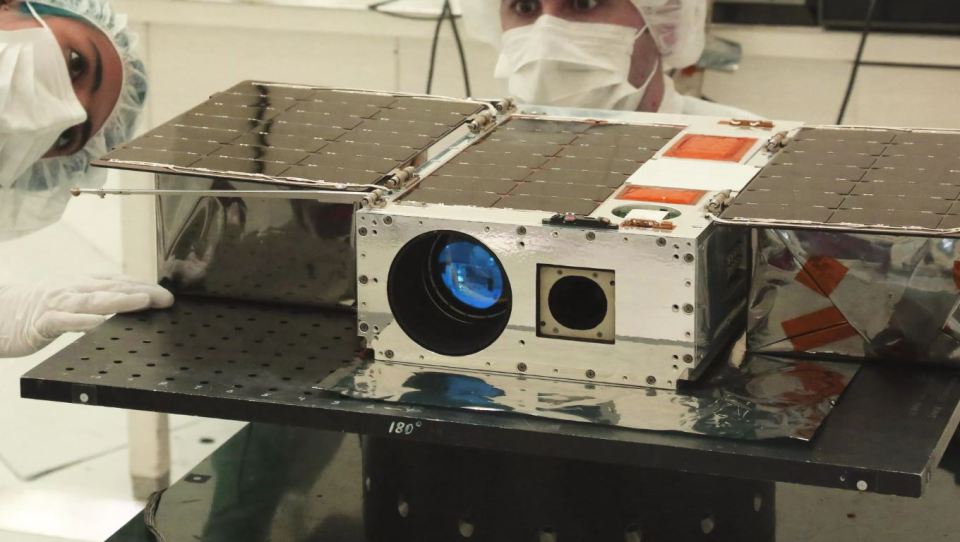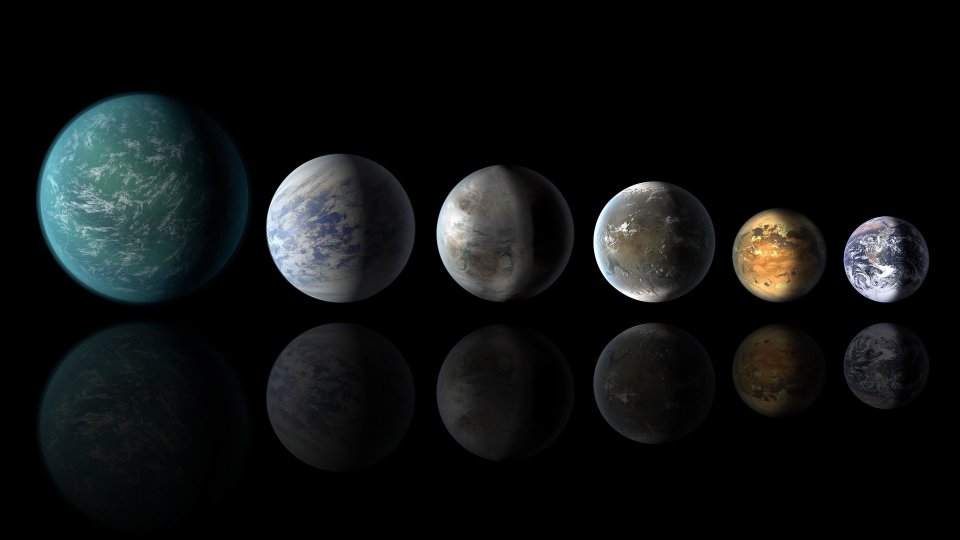Nasa loses contact with satellite scanning mysterious exoplanets

NASA has lost contact with one of its satellites, which was sent to space to monitor mysterious exoplanets.
Exoplanets are planets that are found outside our Solar System and the ASTERIA satellite was sent up to search for them back in 2017.
Nasa operators working for the Jet Propulsion Laboratory (JPL) have said they were last able to communicate with the satellite on December 5, 2019.
ASTERIA is only a small brief-cased sized spacecraft that was initially sent on a three month planet-hunting mission.
It searched for planets by looking for changes in the brightness of nearby stars in the hope of spotting a planet in orbit.
The spacecrafts first mission was at the start of 2018 but it conducted several more after this due to three mission extensions.
ASTERIA program manager Lorraine Fesq said: “The ASTERIA project achieves outstanding results during its three-month prime mission and its nearly two-year-long extended mission.
"Although we are disappointed that we lost contact with the spacecraft, we are thrilled with all that we have accomplished with this impressive CubeSat.”
The team behind ASTERIA won "Mission of the Year" at the 2018 Small Satellite Conference.
This is because they were able to use it to successfully observe the transit of previously discovered exoplanet 55 Cancri e.
ASTERIA is a spacecraft known as a CubeSat.
CubeSats are small satellites that were created to show that small devices can be used to search for exoplanets.
The success of ASTERIA has paved the way for more larger missions using smaller satellites.
What is an exoplanet?
Here's what you need to know...
- An exoplanet is a planet that is located outside of our Solar System and one that is orbitting its own star, like how Earth orbits the Sun
- They are very hard to see with telescopes because they are often hidden by the brightness of their star
- Nasa sent the Kepler space telescope into orbit with the purpose of finding Earth sized exoplanets that might support life
- Over 4,000 exoplanets have been discovered so far and more missions to find even more exoplanets are planned
- A good way to spot an exoplanet is to look for "wobbly" stars because a disruption to star light can indicate that a planet is orbitting it and therefore blocking out light on occasion
- Expoplanets are very common in the Universe and the more we find that look like Earth the closer we get to knowing if we're not alone out there
TOP STORIES IN SCIENCE
In other space news, an asteroid that could have caused a ‘violent sky explosion’ as powerful as 30 nukes has just zipped past Earth.
Scientists want to move the Sun and our Solar System to save Earth from killer asteroids.
And, Nasa has announced it will soon stop "hitching rides with Russia" and instead run all-American manned rocket flights from 2020.
What do you think has happened to Nasa's satellite? Let us know in the comments...
We pay for your stories! Do you have a story for The Sun Online Tech & Science team? Email us at [email protected]







